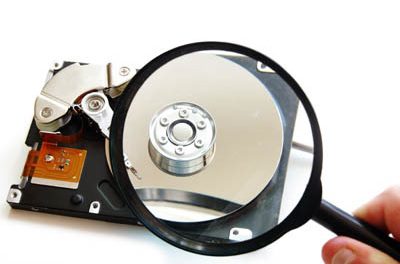Have you ever accidentally deleted an important file? Lost some important files when your computer crashed? I’m sure you’ve been in this situation before. The panic, the sense of hopelessness, and the subsequent frustration – we’ve all been there. But perhaps you should save it for later. There’s a way to get all those beloved, precious files back. There’s a way to skip the frustration.
This guide will help you recover those important file you’ve accidentally deleted.
Recuva
Recuva is a free file recovery software from Piriform that recovers files deleted from your Windows computer, digital camera card, Recycle Bin, , or even your MP3 player. It has a fairly simple wizard like interface that is easy to navigate and let’s you quickly start the recovery process.
You will have to download Recuva from the following links –
Recuva Download : FileHippo.com / Piriform.com
Once you’ve downloaded Recuva, proceed to installing it.
[frame src=”https://yaabot.com/wp-content/uploads/2013/09/yaabot_recuva_setup.png” link=”http://www.piriform.com/recuva” target=”_blank” width=”” height=”” alt=”Recuva Setup” align=”center” prettyphoto=”false”]
Recovering the Deleted Files
On running Recuva, you must be greeted with a Welcome Screen to the Recuva Wizard. Press “Next”.
[frame src=”https://yaabot.com/wp-content/uploads/2013/09/yaabot_recuva_recovery1.png” link=”” target=”_self” width=”” height=”” alt=”Yaabot – Recuva Wizard – Step 1″ align=”center” prettyphoto=”false”]
What sort of files are you trying to recover? If you’re not sure and want to recover all types of files, select “Other” and press “Next”.
[frame src=”https://yaabot.com/wp-content/uploads/2013/09/yaabot_recuva_recovery2.png” link=”” target=”_self” width=”” height=”” alt=”Yaabot – Recuva Wizard – Step 2″ align=”center” prettyphoto=”false”]
In this step you need to tell Recuva where to look for these deleted files. Meaning, the location where the files used to be before deletion. Select the appropriate location and press “Next”.
[frame src=”https://yaabot.com/wp-content/uploads/2013/09/yaabot_recuva_recovery3.png” link=”” target=”_self” width=”” height=”” alt=”Yaabot – Recuva Wizard – Step 3″ align=”center” prettyphoto=”false”]
Once you’ve pressed “Next”, the scan begins. It usually takes a 4-5 minutes to perform a basic scan.
[frame src=”https://yaabot.com/wp-content/uploads/2013/09/yaabot_recuva_recovery4.png” link=”” target=”_self” width=”” height=”” alt=”Yaabot – Recuva Wizard – Step 4″ align=”center” prettyphoto=”false”]
Once the scan is complete, you’ll be seeing a screen with a list of all the files that can be recovered. The Greed dot beside the Filename indicates that the file can be completely recovered without any errors.
Select all the files you want to recover and press the “Recover” button. It’ll prompt you where you want to save these recovered files. This new location should be preferably on a different drive. You can always move it back after the recovery process has been completed.
[frame src=”https://yaabot.com/wp-content/uploads/2013/09/yaabot_recuva_recovery5.png” link=”” target=”_self” width=”” height=”” alt=”Yaabot – Recuva Wizard – Step 5″ align=”center” prettyphoto=”false”]
If you still haven’t found the files you were looking for, you can perform a “Deep Scan”. This usually takes longer but the chances of finding your files is naturally higher.



1 Comment
Pingback: How to Recover Deleted FileHalfdigits.com